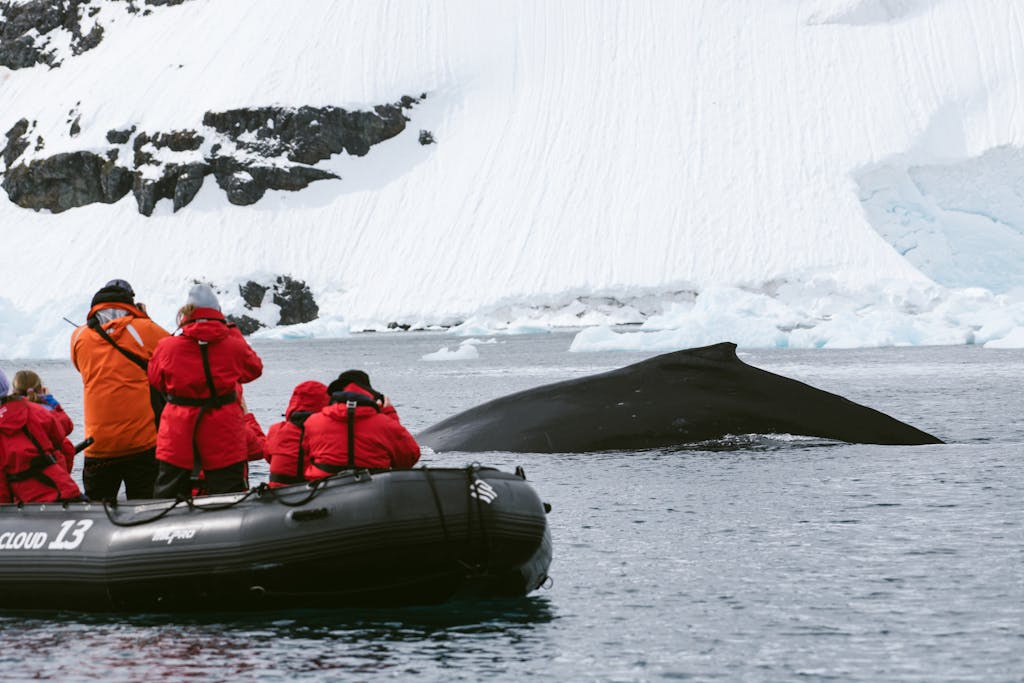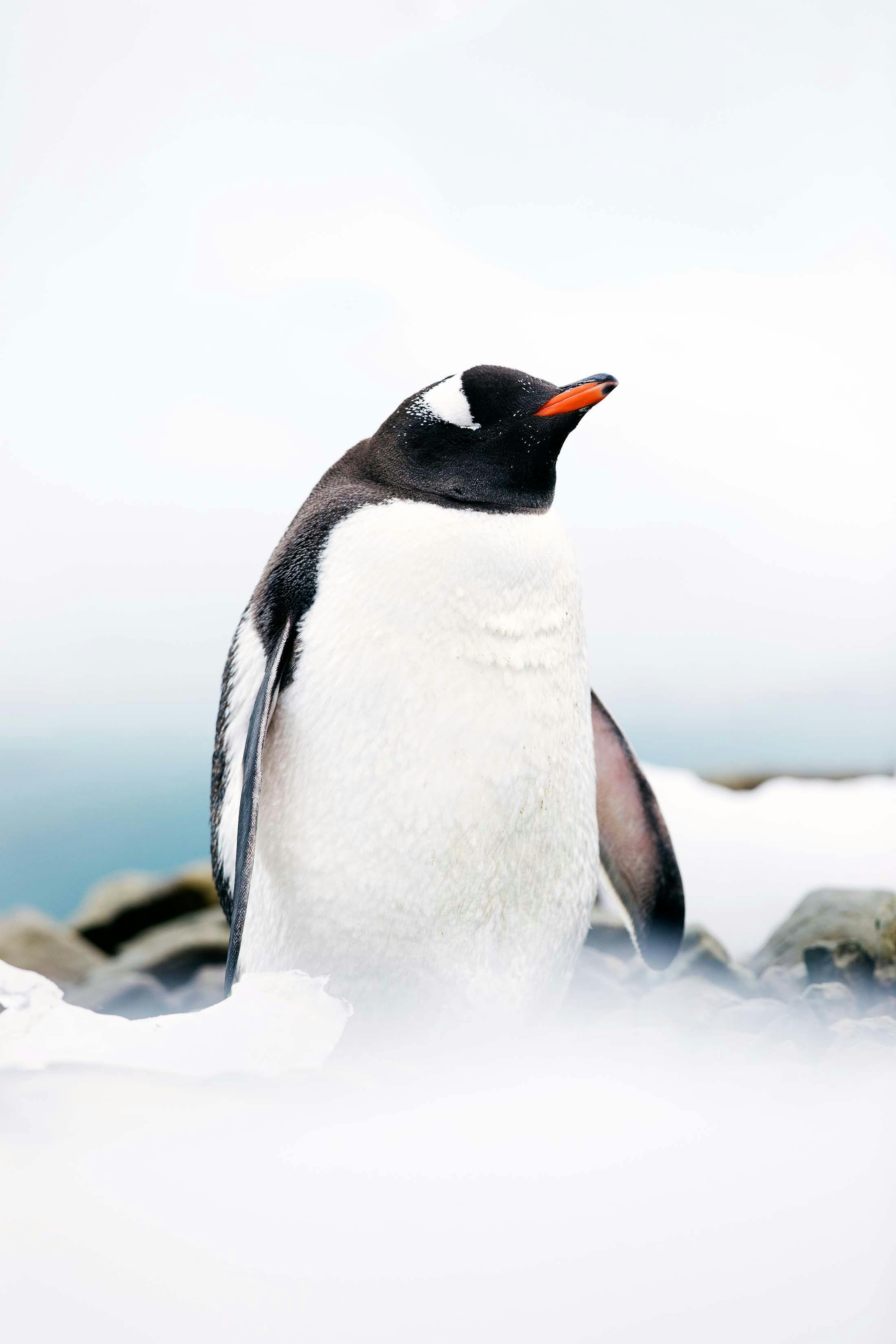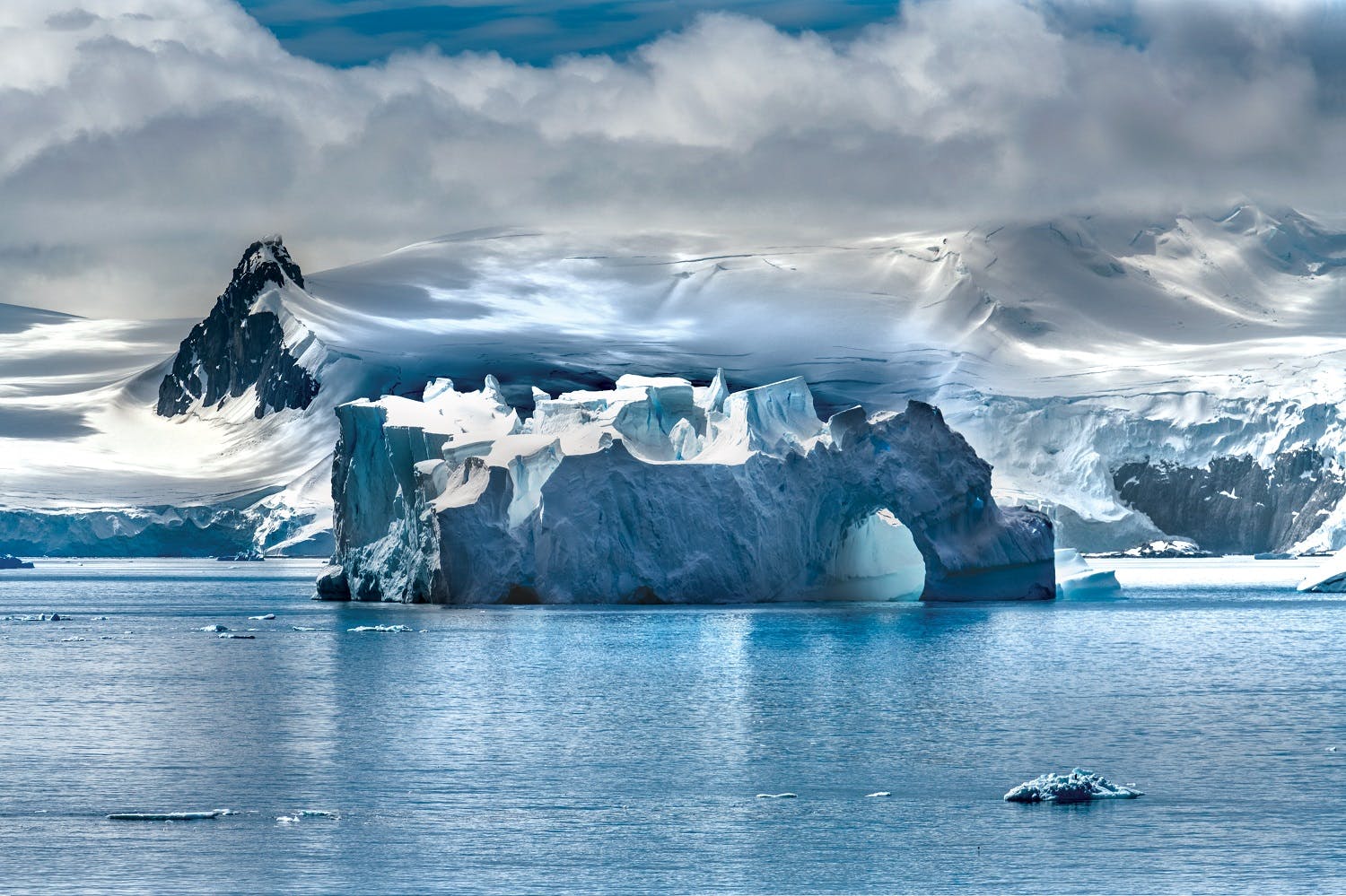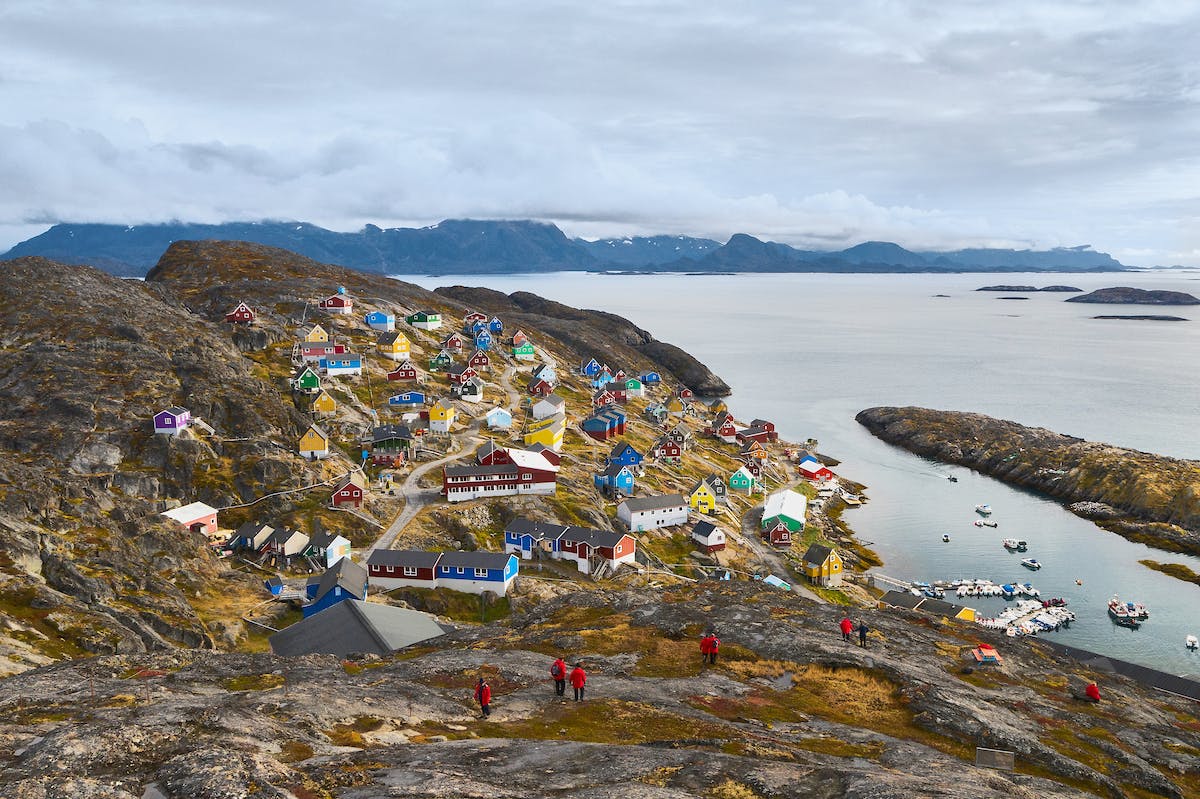Behind the Lens: Filming Antarctica’s Wild Beauty from a Zodiac
Antarctica. A place like nowhere else on Earth. Where giant swathes of ice cover dark waters, snowy peaks embellish a seemingly infinite horizon and wildlife spectacles are part of everyday life.
Latvian wildlife photographer, Silversea expedition guide and filmmaker, Denis Elterman, spends a lot of his time traveling to this unique continent of no countries. For five years he has been visiting this location, capturing its unforgettable nature encounters from small inflatable boats called zodiacs.
Remote location, smaller craft
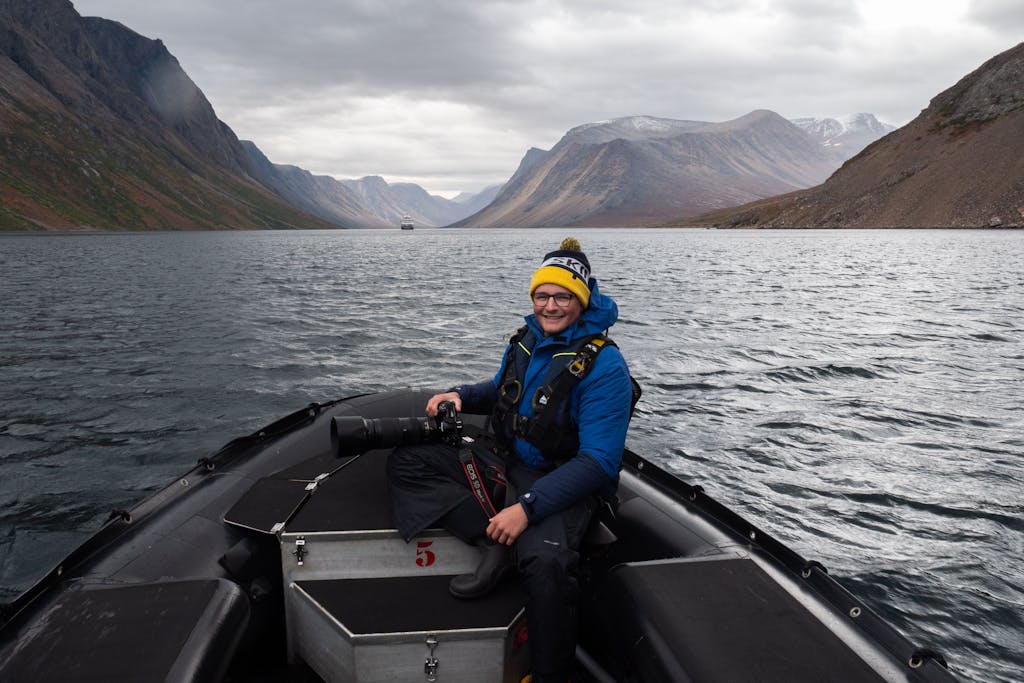
“Zodiacs allow you to get closer to wildlife, but what’s more important is that you’re out there with a small group of people usually surrounded by silence, so it’s a time to be with your own thoughts and to appreciate nature, which what this trip really is all about,” says Denis.
“As a filmmaker, being able to observe the wildlife such as penguins, leopard seals and whales for 30 minutes at a time from a respectable distance is life changing. You better understand their behavior and see moments unravel in front of your eyes that you could never have envisioned.”
Unpredictable weather conditions mean no two days are the same for Denis, who works alongside the team of scientists, naturalists and conservationists, and travels to Antarctica during the summer breeding season at the beginning of December.
“Summertime is when the seas and shores become more accessible for zodiacs, so we are able to get closer to colonies and rookeries,” he says. “We get to see penguins on the rocky shorelines in early November when they are already making their nests, and by about December, will have their chicks. So throughout this entire season of three months in Antartica, you know what cycle they’ll be going through and what to expect.”
Harsh conditions, robust camera equipment

In Antarctica, any weather conditions are possible, which means camera kit needs to be protected. “On a zodiac, a fluke wave, rough weather or torrential rain can happen in a minute, so I bring my Pelican case to keep all my camera equipment safe,” says Denis.
His go-to camera equipment includes a Nikon D850 and D750 for stills, the Panasonic Lumix DC-GH5 for filming and a GoPro for underwater footage. The lenses which allow him to hone in on these unique moments are the Tamron 24-70mm, which covers wide-angles and portraits of expedition staff, and a Nikon 200-500mm zoom for close-ups.
“By sitting and observing, sometimes the wildlife comes to you, which is the beauty of being on a zodiac. I’ve had whales swim under my boat on numerous occasions,” Denis says.
“Yet the biggest challenge and excitement as a filmmaker in Antarctica is that you have to be prepared for everything as you’re not guaranteed to get a shot. We treat everyday as a blessing and being able to get so close to the wildlife shown in this video is a true privilege.”



